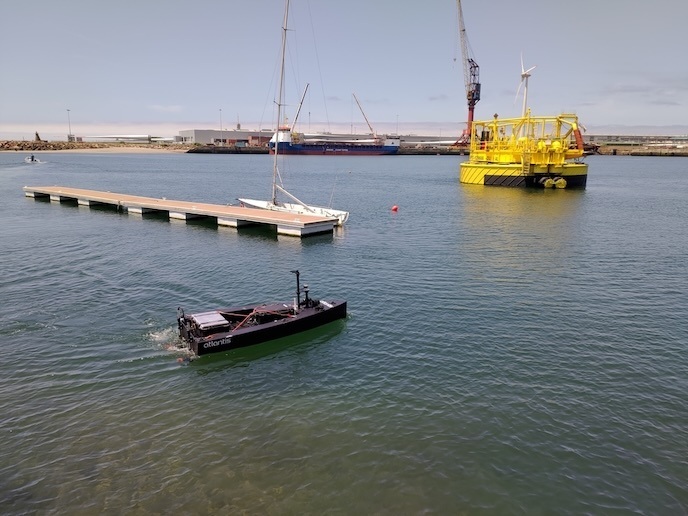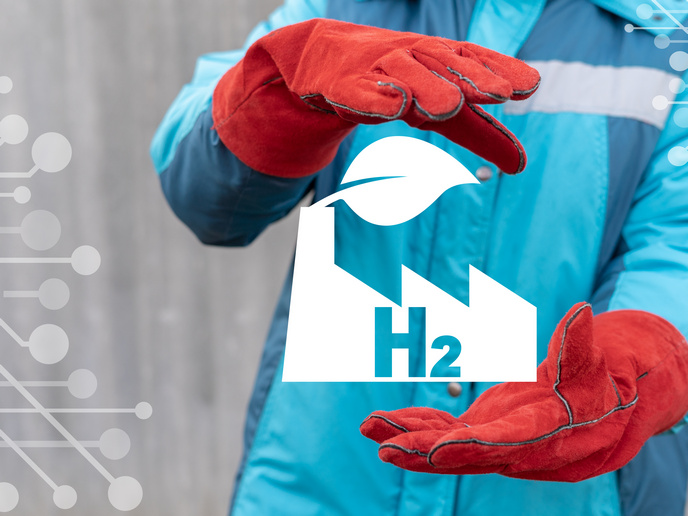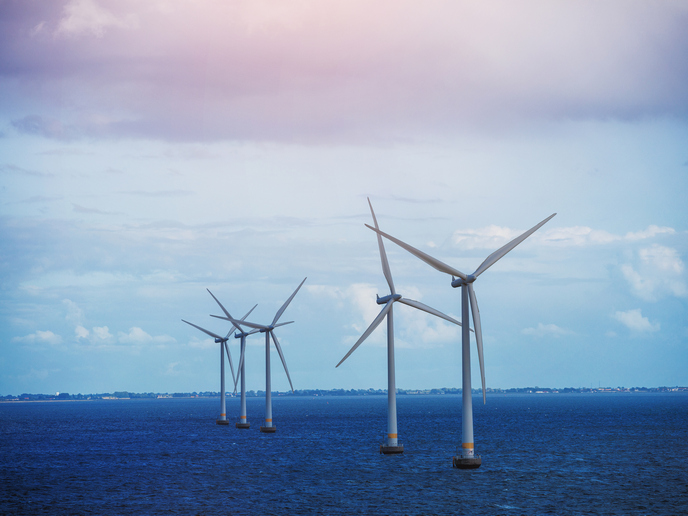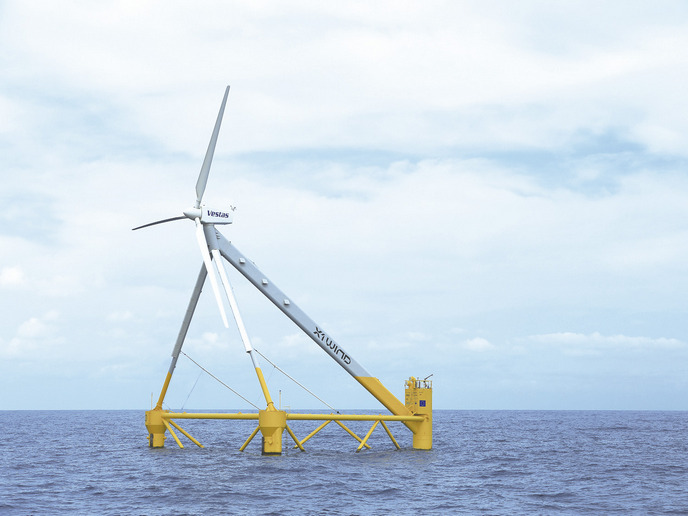Novel testing platform for sea-bound robotics systems
Offshore wind farms are now being installed further away from the coast and at deeper locations, where wind speeds are higher and tend to be more consistent. Yet installing them further out at sea in deeper waters requires the use of offshore floating platforms, making the risks, costs and complexity of operating and maintaining them rise substantially. “This is a crucial technology for extending the geographical reach of the offshore wind farm installations,” explains Andry Maykol Pinto from the University of Porto, senior researcher at INESC TEC and ATLANTIS project coordinator. These structures are exposed to more severe weather events, however, and are also susceptible to marine biofouling, which can affect the platform stability and jeopardise energy production. Reaching and maintaining these structures can be difficult and time-consuming for personnel, and costly. Traditional methods using human crews can be risky, especially in rough seas and high winds. In the EU-funded ATLANTIS project, Pinto and colleagues developed a new testing infrastructure for robotic technologies able to inspect and maintain offshore wind farms out at sea. The ATLANTIS Test Center will help SMEs, research institutions and energy operators working in the blue economy to validate, test and improve innovations in robotics and AI technology. “The project reached significant results far beyond our initial expectations, particularly in the development of new technologies for offshore wind farm inspection and maintenance,” says Pinto. “The Coastal Testbed is now operational and visible on platforms such as Google Maps, marking a significant milestone in our project journey.”
Building ATLANTIS
The pioneering ATLANTIS Test Center system comprises: a ‘Coastal Testbed’ where robotics and AI technologies in early development can be de-risked in a safe and cost-effective manner; and the ‘Offshore Testbed’, with several specific locations within a real commercial offshore wind farm. “We can see the Coastal Testbed as a playground for cutting-edge solutions addressing offshore maintenance activities, since it is replicating aspects of a floating offshore wind turbine,” explains Pinto. This facility accelerated the development of specific robotic solutions tailored for inspection from Technology Readiness Level (TRL) 4 to TRL 7 in just three months, as opposed to the typical one and a half years or more.
Running pilot trials
The ATLANTIS team organised over 40 pilot trials across both test beds, to validate and demonstrate technology developed within the consortium with different TRLs. An open call also led to the involvement of external industry professionals, now working on new solutions. Over 13 heterogeneous robotic platforms were designed, upgraded and demonstrated. “The project conducted experiments at the Offshore Testbed with aerial, surface and underwater robots successfully performing inspection after completing the de-risking programme specially developed by ATLANTIS to guarantee safety and to evaluate the effectiveness of the solutions,” notes Pinto.
Fostering innovation and research in maritime robotics and AI
Today, the ATLANTIS Test Center is open to the international community, and the team will continue to develop the testing infrastructure with new services and operational capabilities. “The Center serves as a crucial asset for fostering innovation and advancing research in the field of robotics and AI technology for offshore energy,” adds Pinto. “By providing a dedicated facility for testing and validation of emerging technologies, it facilitates the development of cutting-edge solutions that can enhance Europe’s competitiveness in the global market.”
Keywords
ATLANTIS, technology, testbed, test bed, robots, marine, offshore, innovation, energy







